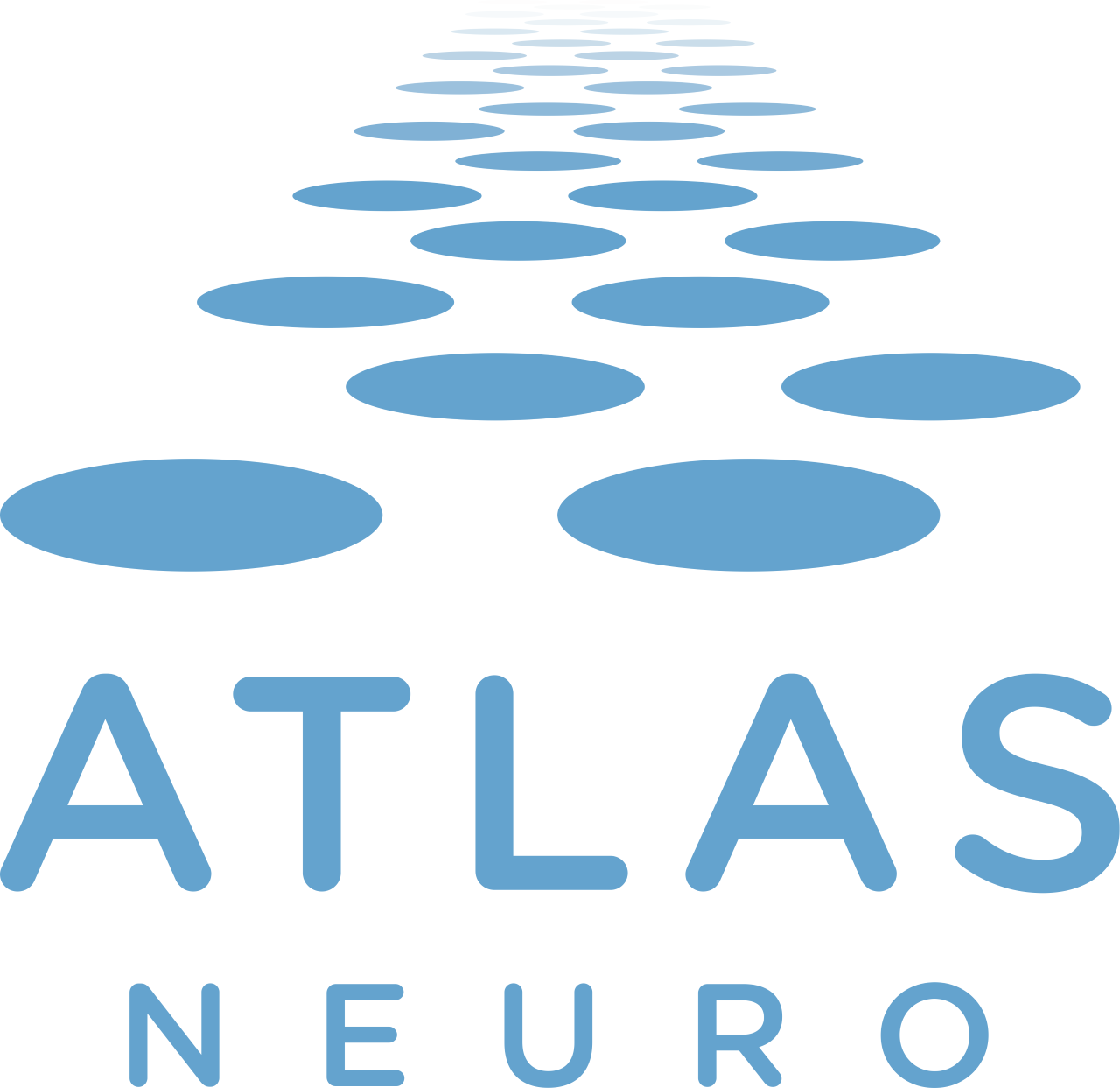Presentation (13) details
Neuronal processing of long-range apparent motion and behavioural consequences in primates
SFN in October 2024
Authors: Salvatore Giancani (1), Mohit Srivastava (1), Kevin Blaize (1), Sandrine Chemla (1), Alain
Destexhe (2), Martin Szinte (1), Matteo Di Volo (3), Anna Montagnini (1), Frederic
Chavane (1)
- Institut de Neurosciences de la Timone, Unité Mixte de Recherche 7289 Centre National de la
Recherce Scientifique and Aix-Marseille Université, Faculty of Medicine 27, Boulevard Jean Moulin,
13385 Marseille Cedex 05, France - NeuroPSI, CNRS, Saclay, France;
- Université Claude Bernard Lyon 1, Institut National de la Santé et de la Recherche Médicale, Stem Cell
and Brain Research Institute U1208, Bron, France
Abstract: Neighboring points in the visual field are represented by neighboring neurons in V1, forming a retinotopic map. Using a localized static stimulus, such as a gaussian flash (i.e. stroke) previous
results showed that the cortical response corresponds to a traveling wave in V1 (Muller 2014,
2018). A wave in a retinotopic map can be interpreted as a movement in the visual field: in other
words, a local static stimulus induce a dynamic cortical response in space and time. But what is
the effect when a sequence of static stimuli are presented along a trajectory? Chemla et al
(2019) showed that a 2-stroke apparent motion stimulus (AM) induced a coherent cortical
motion signal shaped by a systematic suppressive wave propagating in opposite direction to the
motion. In this study, we employed a sequence of 3-strokes AM and we measured the response
of the V1 neural population in behaving macaques using voltage-sensitive dye imaging (VSDI).
Our results demonstrate that, during the 3-stroke sequence the spatial profile of the response to
the third dot is significantly modified compared to the single-stroke control. This modification
involves the facilitatory activation of the cortex ahead of motion direction and suppression
leading to the displacement of the peak of activity in the opposite direction. To further explore
this paradoxical phenomenon, we complemented our observation with (i) computational
modeling approach, to investigate whether intra-cortical propagation of excitatory and inhibitory
activity can explain this dual effect, with (ii) human psychophysics using perceptual or saccade
reports, to test how such stimulus affect the perceived position of the last stroke of the same
apparent motion stimulus. The model reproduces exactly the dual outcome shown by the neural
data, demonstrating that the interplay with inhibition is key to reproduce the results, similar to
the inhibition-stabilized mechanism showed in previous studies (Zerlaut 2018, Chemla 2019).
The human experiments on the other side, revealed surprising outcomes. Saccade landing task
is in line with the mislocation of the peak, lagging behind the expected position, while the
perceived position reports are in line with the facilitation in the motion direction, presenting a
bias in direction of the motion. Further control experiments showed that as the uncertainty about
the perceived position increases, so does the motion-extrapolation bias. These results suggest
that the same V1 dynamic, as revealed with VSDI, can lead to two different behavioural
outcomes, maybe through different read-out mechanisms by downstream areas.
















